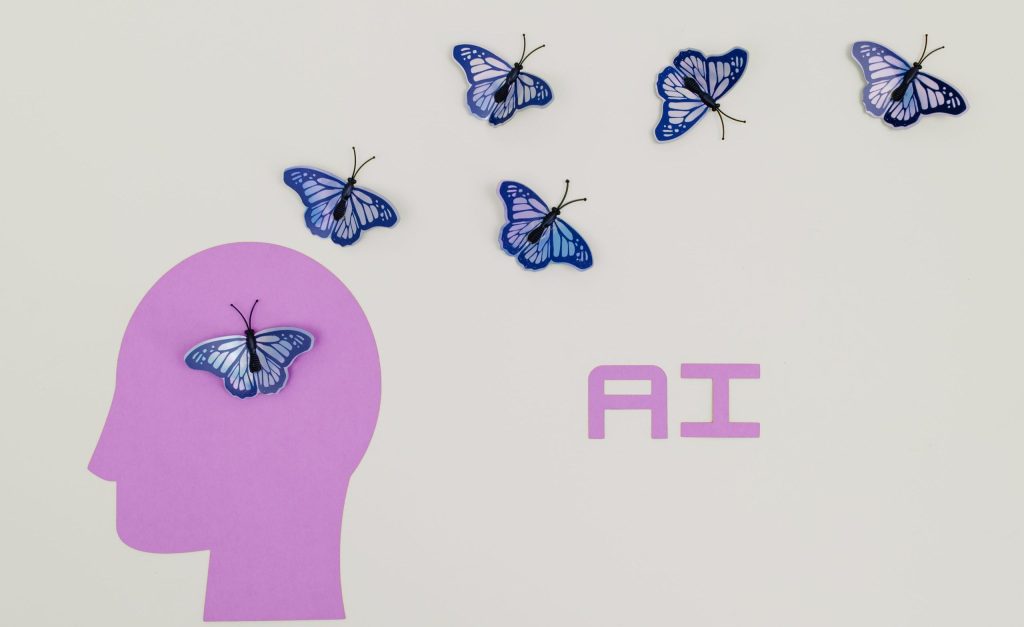Reading about AI can feel like learning in reverse: The more you learn, the more you realize how much you don’t know. At the risk of making us all feel more confused than we already are, here is a quick dive into some AI basics (and maybe not-so-basics).
What are the different types of AI programs?
Here are definitions of the more popular forms of AI, with a focus on the intended purpose of each:
Artificial general intelligence mimics basic human cognitive abilities, making it possible for it to tackle any problem or task that a human could do even if it’s not part of its original programming. (TechTarget)
Artificial narrow intelligence is designed to accomplish a specific task or solve a specific problem (e.g., search queries or fraud detection); many of the common AI uses are narrow AI. (ScienceAlert)
Generative AI is capable not just of performing a task, but creating content, such as text, imagery, videos or computer code (e.g., ChatGPT or DALL-E). (ZDNet)
Machine learning is a subset of AI that uses statistical techniques to enable computers to learn as they go — i.e., by analyzing data to predict outcomes (what should work), assessing the outcomes (how it actually worked) and adapting to make more accurate predictions (let’s try this). (Great Learning)
Here are related terms or concepts that you might come across:
- Artificial neural networks: A collection of algorithms designed to mimic the human brain, but with processing nodes serving as neurons, making it easier to facilitate machine learning or deep learning. (Emeritus)
- Deep learning: A subset of machine learning that relies on neural networks with many layers of neurons to analyze data, spot trends and apply learning. (CompTIA)
- Natural Language Processing: A branch of AI that uses algorithms to train machines to understand text (meaning, sentiment, emotion, etc.) and respond to human queries or conversations. (CompTIA)
- Large language models: Uses deep learning algorithms and immense amounts of data to process and understand language; it is the technology behind today’s generative AI-based chatbots. (Fast Company)
This article appears in our new guide “AI: A Crash Course.” To read more about how AI can (and will) change your work, download it here:
